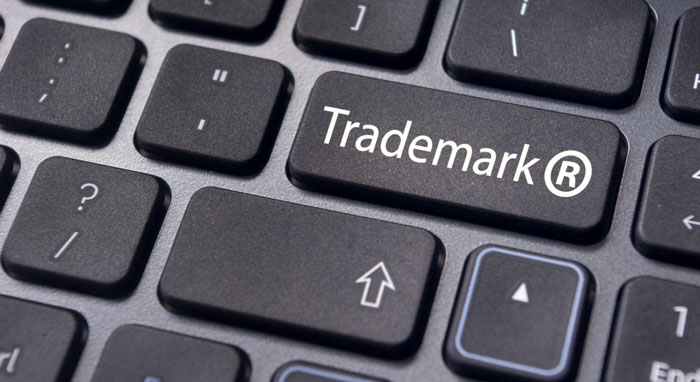The Fundamentals of Trademark Law
Customers Puzzled by Business Names:
According to commercial lawyers, “Trademark”- in simple terms, a brand indicator that lets customers know the basis of a good or bad service. Thus, a central role of concern in trademark lawsuit cases is played by the fact whether a customer is puzzled by the origin of a product or service.
The court came out with 7 factors in order to find out if customers were puzzled (or were expected to be puzzled) by the businesses’ names. The court carried out a balancing test to conclude if score was in support or in opposition to consumer confusion.
The 7 factors that they weighed which you might wish to think about when naming your business:
- The Mark Strength
A mark is a business’s trademark (the name word, design or symbol that classifies the business, product or service) in trademark law. Marks could range from quite low and weak to very strong: generic, descriptive, suggestive and arbitrary. The more the mark is strong, the higher the protection it gets under trademark law.
- Commonality of the marks
A factor for concern is if the mark is being used commonly by third parties. In such cases, the one defending places in front of the court a record of similar trade names that have the common words used by businesses spread across in several states.
This factor aids the case against finding of puzzlement, as the mark weakens due to the extensive use of the words by other businesses.
- Evidence of actual confusion
A Yelp review when presented puzzlement with regards to two gyms made the court certain that the possibility for confusion clearly existed. This went in favour of the likelihood of confusion.
- Likeness of the marks
There are very similar marks that not only look the same but also sound the same. Moreover, there have been cases when both similar sounding marks were used to market similar businesses, which added more to the prospects leading to confusion.
- Resemblance of services, service outlets and customers
When placing a case between two businesses that promoted the same business and their service, service outlets and even their targeted customers were also the same, confusion was quite likely. The court when found that even the sight and sound of the marks of both the business had resemblance then this factor went in favour of the chances of confusion among customers.
- Likeness of the parties’ advertising media
In this factor the court evaluates the parties’ advertising media. To come to a point enough evidence is required. The court considers where all the businesses advertise such as newspaper, magazines, television and so on. The comparison between the businesses websites are also taken for consideration by the court. The similarity between the website designs and colour etc are checked.
- Defendant’s intent
In this factor, the court seeks to find out the defendant’s true intention. Whether he/she intends to cause perplexity among customers or copy another business is being taken for consideration to give out the ultimate decision.
Australian Trademark Registration Videos

